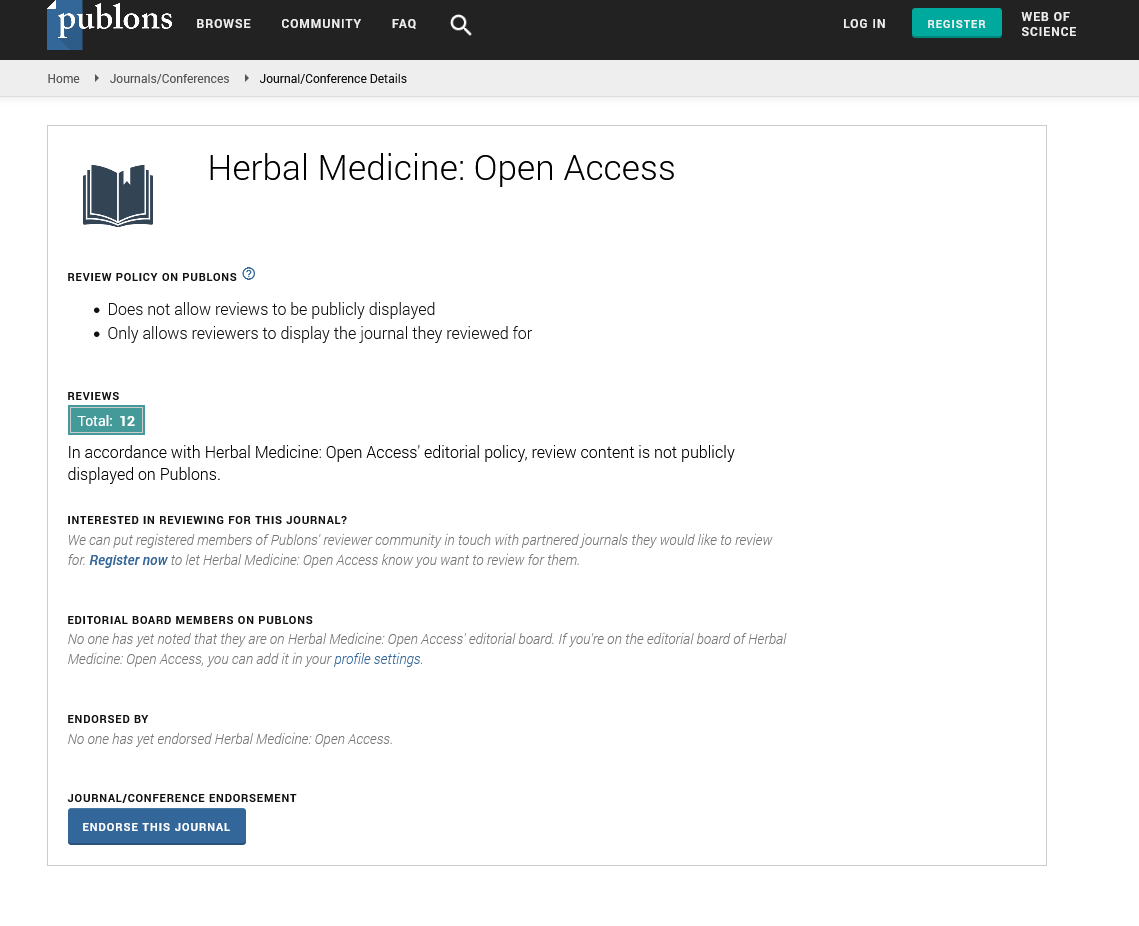Abstract
In Vitro Antibacterial Activity of Selected Tanzania Medicinal Plants
Objective: To evaluate antibacterial activity from four selected medicinal plants namely Mystroxylon aethiopicum, Lonchocarpus capassa, Albizia anthelmentica and Myrica salicifolia used for management of bacterial infection in Tanzania.
Methods: Minimum Inhibitory Concentration (MIC) of plants extracts against the tested bacterial species was determined by using 96 wells microdilution method. In this method, 50 μL of nutrient broth were loaded in each well followed by 50 μL of extract (100 mg/mL) to make a final volume of 100 μL. Subsequently 50 μL were transferred from first rows of each well to the second rows and the process was repeated down the columns to the last wells from which 50 μL were discarded. Thereafter, 50 μL of the selected bacterial suspension were added to each well thus making a final volume of 100 μL. The lowest concentration which showed no bacterial growth was considered as MIC.
Results: It was revealed that L. capassa leaf ethyl acetate extract exhibited antibacterial activity against Salmonella kisarawe and Salmonella typhi with MIC values of 0.39 and 0.781 mg/mL respectively. Likewise, L. capassa root bark ethyl acetate extracts inhibited growth of S. typhi and E. coli with MIC values of 0.39 and 0.781 mg/mL respectively. The M. aethiopicum leaf and root bark chloroform extracts displayed antibacterial activity against S. kisarawe and S. typhi respectively with MIC value of 0.781 mg/mL. The M. salicifolia stem bark ethyl acetate exhibited antibacterial activity against P. aeruginosa with MIC value of 0.39 mg/mL whereas the methanolic stem and root bark of the same plant inhibited the growth of Proteus mirabilis and Klebsiella pneumoniae with MIC value of 0.781 mg/mL.
Conclusion: It was concluded that M. aethiopicum, L. capassa, A. anthelmentica and M. salicifolia are potential source of antibacterial agents. Further studies to establish structures of antibacterial and evaluate active ingredients are recommended.
Author(s):
Mhuji Kilonzo, Patrick Ndakidemi and Musa Chacha
Abstract | Full-Text | PDF
Share this

Google scholar citation report
Citations : 271
Herbal Medicine: Open Access received 271 citations as per google scholar report
Herbal Medicine: Open Access peer review process verified at publons
Abstracted/Indexed in
- Google Scholar
- JournalTOCs
- China National Knowledge Infrastructure (CNKI)
- Directory of Research Journal Indexing (DRJI)
- WorldCat
- Publons
- Secret Search Engine Labs
- Zenodo
Open Access Journals
- Aquaculture & Veterinary Science
- Chemistry & Chemical Sciences
- Clinical Sciences
- Engineering
- General Science
- Genetics & Molecular Biology
- Health Care & Nursing
- Immunology & Microbiology
- Materials Science
- Mathematics & Physics
- Medical Sciences
- Neurology & Psychiatry
- Oncology & Cancer Science
- Pharmaceutical Sciences


